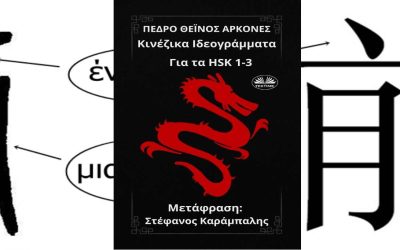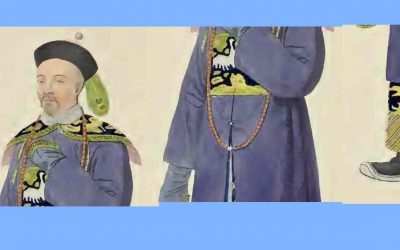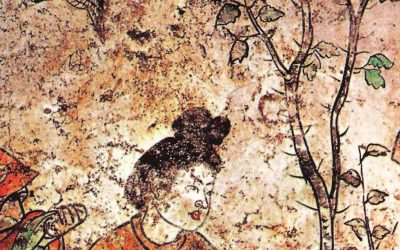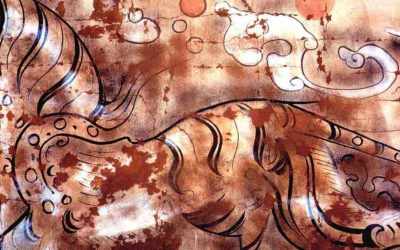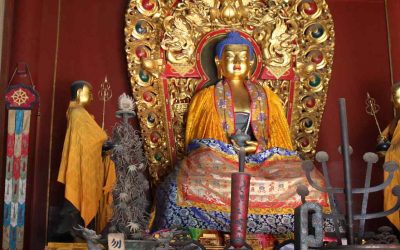The Dong are one of the minorities of China with a large population. According to the census of the year 2000 their population was 3,000,000 people.
They live mainly in Guizhou Province (approximately 1,800,000 people), along a fringe of flat lands that cross the province from north to south. There is also a big Dong population in the southern part of neighboring Hunan Province (about 900,000), and more than 200,000 persons in Guangxi Zhuang Autonomous Region, and a few thousand in Hubei Province (Enshi Prefecture).
The Dong, as do most of the peoples related to them, live near the rivers or in hills generally not of great height. They mainly cultivate rice. They raise domestic animals, especially hens and pigs. The exploitation of the forests, which holds a special spiritual relationship with the Dong, is an activity of economic importance.
They refer to themselves as «Kam.»
It is generally considered that there are two quite different types of Dong, the Dong of the North and the Dong of the South.
There are important linguistic and cultural differences between them. In general those of the north have received more influences from mainstream Chinese culture, while those of the south better conserve the Dong traditions. The typical monuments of the Dong, such as Drum Towers, Bridges of Rain and Wind, and the Temples of the Goddess Mother Sama, are all characteristic of the Dong of the South.
Their language belongs to the Sino-Tibetan family, Dong Dai branch, Zhuang Dong sub-branch. It has two main dialects, understandably called the northern and southern dialects, whose speakers cannot understand each other easily. Each one of these dialects has in turn three clearly differentiated local sub-dialects.
After 1958 an alphabet was invented for their language, but it has not been widely used. Before 1958, they used Chinese characters adapted to their own language.
More posts on China ethnic groups
El libro Caracteres Chinos Básicos traducido al griego
El libro Caracteres Chinos Básicos traducido al griego Este mes de abril se ha publicado en las principales librerías digitales de Grecia la traducción de mi obra Caracteres Chinos Básicos. La versión griega de este libro, salida de la pluma de Stefanos Karampalis, ha...
Retrato de un mandarín en 1800
Retrato de un mandarín en 1800 Este fue el año en el que se publicó un libro muy interesante, que a través de 60 retratos, intentaba mostrar algunos aspectos de la vida en China al público occidental. Un libro ya del dominio público, del que adaptamos “Un mandarín de...
El arte de diseñar jardines entre los chinos
El arte de diseñar jardines entre los chinos En la década de 1740, William Chambers realizó tres viajes comerciales a China con la Compañía Sueca de las Indias Orientales. Fue el primer europeo que estudió metódicamente la arquitectura china. En un libro publicado en...
El tesoro secreto del arte antiguo chino
El tesoro secreto del arte antiguo chino China cuenta con un fabuloso tesoro artístico oculto a los ojos del público y de los especialistas. Es su tesoro mejor guardado, pues dada la dispersión de su localización, la dificultad de conservación e incluso de evaluación...
Pinturas de hace 2.000 años en una tumba china
Pinturas de hace 2.000 años en una tumba china Hace ya más de 10 años que se publicó la Colección completa de los Murales desenterrados en China (The complete collection of murals unearthed in China), una docena larga de libros que describen con abundantes...
Monjes budistas en la China Medieval
Monjes budistas en la China Medieval Ese es el tema del libro de John Kieschnick. El libro analiza el contenido de las tres colecciones de biografías de monjes que se hicieron famosas en la China medieval, a través de ellas intenta darnos primero una caracterización...


